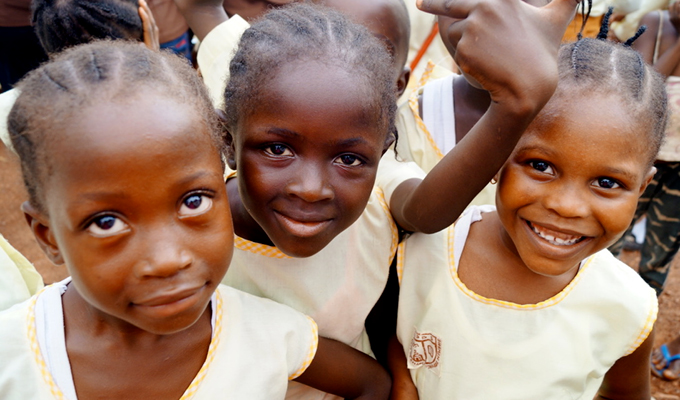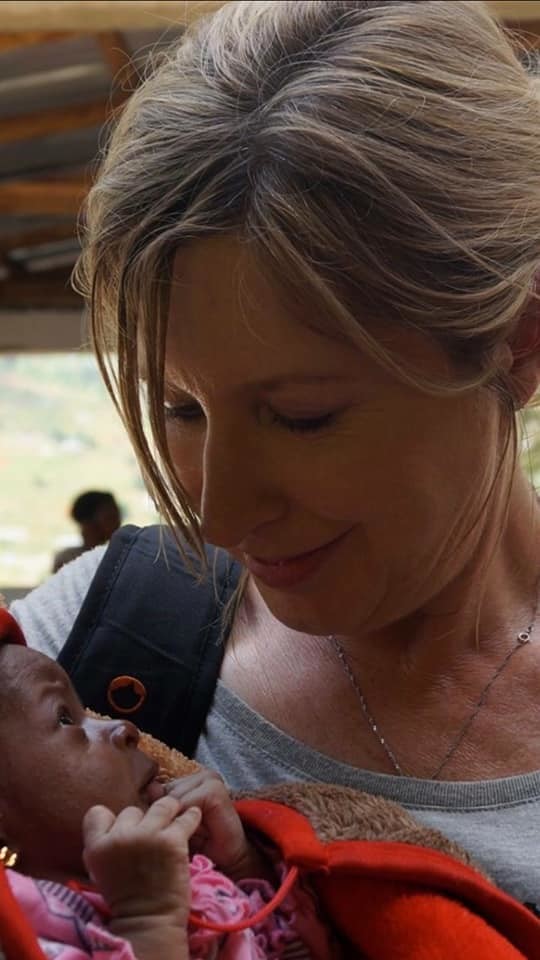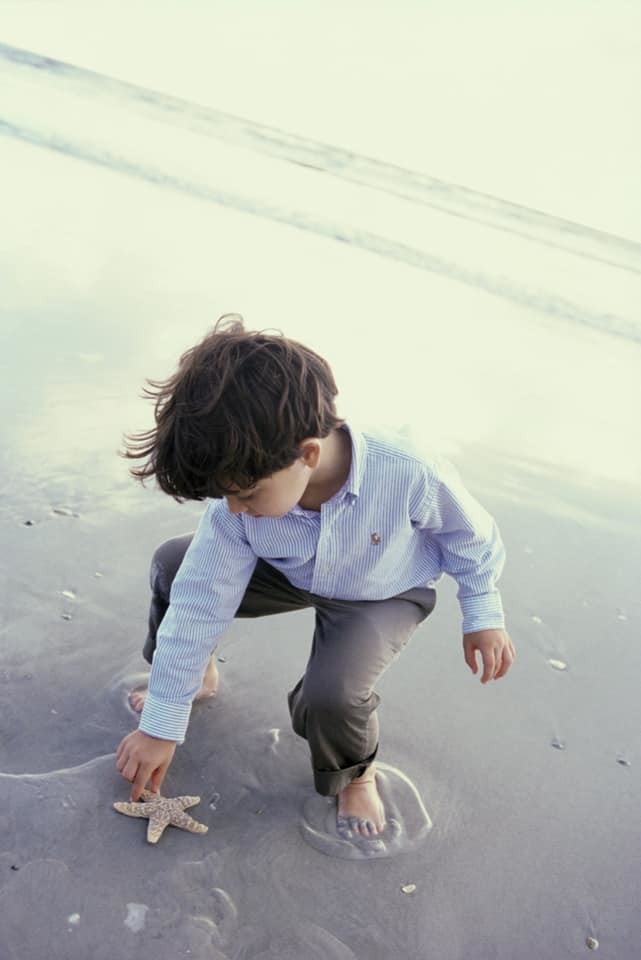
Why Sierra Leone?
I sometimes get asked what the reasons are for my commitment to Sierra Leone. I want to try and explain this, while I leave out every aspect that I consider personal to me. We all have our own history, our own story, much of which has the strength and impact of characterising us throughout our lives. Much of my curiosity came from an interest I had when studying development economics, I was genuinely interested in wanting to understand more about how microcredit was impacting the lives of women in poverty-stricken countries and the effects this had on their family, in particular, their children. The country I chose to do my research was Sierra Leone, mainly because of a friendship link One World Link had between Warwick and Bo and in the year I did my research, 2006, it was also the second poorest country in the world at that time (Human Development Report, 2006), the 10 years Civil War only ending 4 years prior to my visit.

Over time, I have asked many questions and I’ve learnt to refine the desire I have to want to know more. By doing so opened my eyes to a world that I could never have imagined would have had such an impact! For years I’ve battled with myself in how it’s made me feel. I still often feel fragile in mirroring my life to the difficult, painful and complex reality that is Sierra Leone. I still, however, have the same sense of enchantment and amazement I had when I first visited. A psychiatrist friend, Dr. Roberto Ravera, has told me how, “it’s true that we see the world and people with a sense of how we, first of all, see ourselves. For example, if I am suspicious, if I am afraid, if I have become accustomed to internalising negative feelings, it will be these that I will most frequently see reflected in the world and in others.”
It’s very difficult to see this and to walk away and not want to try and help in some way, and I think it is within these reasons I find myself so deeply rooted in Sierra Leone. Because every child we put in school, every vulnerable child we help provide for, every teen mum we help get back into school, is our attempt to make a difference.
I have met many children and young people during my few visits to Sierra Leone since I first visited in 2006. I think the 76 children we now help provide for have an important opportunity to change their destiny. An opportunity they wouldn’t have without our intervention. What inspires me to continue doing what I do, and I’m aware I’ve truly ‘got hold of the tiger by its’ tail’, is this story which I’m sure you will have heard before, but I find that it doesn’t hurt to be reminded of it every once in a while.

Here’s the story:
Once upon a time, there was an old man who used to go to the ocean to do his writing. He had a habit of walking on the beach every morning before he began his work.
Early one morning, he was walking along the shore after a big storm had passed and found the vast beach littered with starfish as far as the eye could see, stretching in both directions. Off in the distance, the old man noticed a small boy approaching. As the boy walked, he paused every so often and as he grew closer, the man could see that he was occasionally bending down to pick up an object and throw it into the sea.
The boy came closer still and the man called out, “Good morning! May I ask what it is that you are doing?” The young boy paused, looked up, and replied “Throwing starfish into the ocean. The tide has washed them up onto the beach and they can’t return to the sea by themselves,” the youth replied. “When the sun gets high, they will die, unless I throw them back into the water.” The old man replied, “But there must be tens of thousands of starfish on this beach. I’m afraid you won’t really be able to make much of a difference.”
The boy bent down, picked up yet another starfish and threw it as far as he could into the ocean. Then he turned, smiled and said, “It made a difference to that one!” adapted from The Star Thrower, by Loren Eiseley (1907 – 1977)
Knowing that we might not be able to change the entire world, but at least we can change a small part of it, for someone… is all the inspiration I need to carry on… x jane ❤
References:
United Nations, 2006. United Nations Development Programme. Available at: http://hdr.undp.org/en/content/human-development-report-2006
